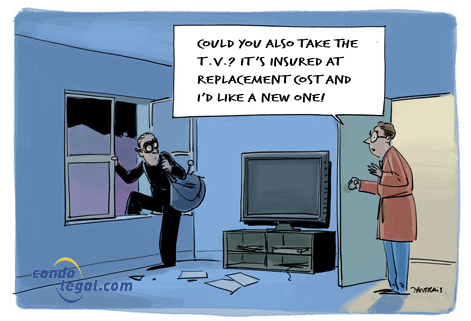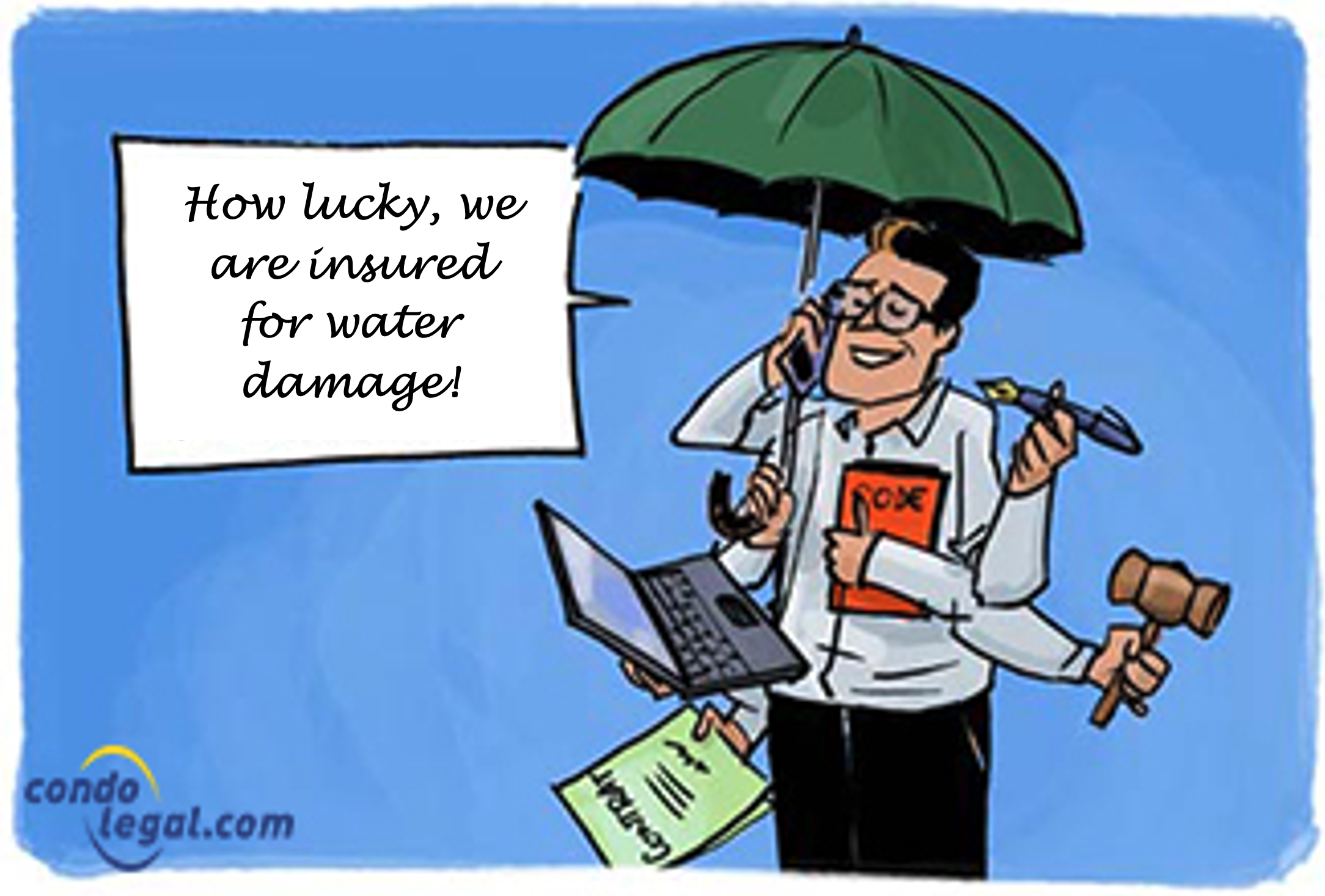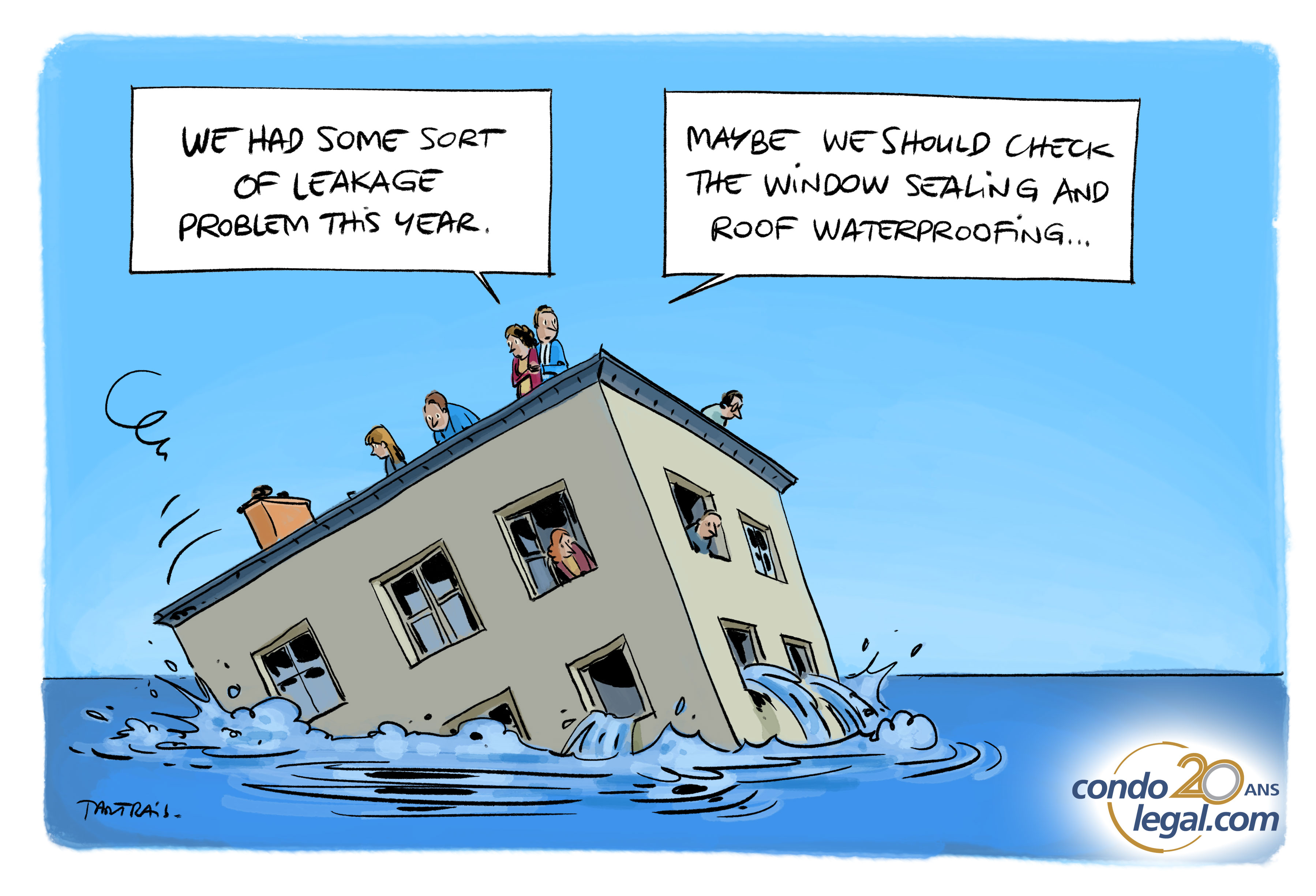Date published: 16/05/2024
Movable property insurance
 Household property insurance protects your belongings and personal effects against risks such as theft, fire, and water damage. It covers all your personal items: electronic devices (televisions, laptops, game consoles), clothing and accessories (jewelry, watches, glasses), appliances (refrigerators, washing machines), furniture (beds, sofas, tables), entertainment items (books, games, sports equipment), and consumables (food, medicine, wine). This insurance guarantees compensation in case of a disaster, providing financial protection to replace or repair your damaged or stolen goods.
Household property insurance protects your belongings and personal effects against risks such as theft, fire, and water damage. It covers all your personal items: electronic devices (televisions, laptops, game consoles), clothing and accessories (jewelry, watches, glasses), appliances (refrigerators, washing machines), furniture (beds, sofas, tables), entertainment items (books, games, sports equipment), and consumables (food, medicine, wine). This insurance guarantees compensation in case of a disaster, providing financial protection to replace or repair your damaged or stolen goods.
Determining insurable value
To accurately estimate the insurable value of your movable property, perform a comprehensive inventory, keep purchase receipts, and have high-value items such as jewelry and antiques appraised. Communicate this total value to your insurer to establish compensation in case of a claim. For efficiency, consider filming each room of your home, including the contents of drawers and cabinets, a method often quicker than photographing each item individually. It is advisable to regularly update these recordings, especially after significant purchases or renovations. Also include collectible items, such as sports cards, when evaluating your valuables.
Replacement cost or value at the time of loss?
The compensation paid by your insurer depends on the type of insurance you have taken out, either coverage based on the depreciated value of the personal property in question or coverage for their replacement value. Generally, comprehensive home insurance policies include a replacement value clause, which means that damaged or destroyed personal property (e.g., clothing or accessories) is replaced by similar items of equivalent quality.
However, if you insure your personal property based on their depreciated value, the compensation is based on the value of identical new items, minus an amount corresponding to their wear and tear. This method, known as "value on the day of the loss," considers the replacement cost of the damaged item at the time of the loss compared to another of similar quality. It takes into account the original purchase price, depreciation (the natural decrease in the value of an item over time due to wear and tear), and the physical condition of the item at the time of the loss.
Obligation to get insurance?
Insurance covering personal movable property is not compulsory, under the Law. However, most declarations of co-ownership compel co-owners to subscribe and maintain in force this insurance coverage. Moreover, they must demonstrate that this insurance remains in force - each time they renew their insurance policy or change insurers - through an insurance certificate given to their boards of directors.
 WHAT YOU SHOULD KNOW! The original documents used to assess the value of your movable property (e.g. invoices, photographs and expert reports) should be kept in a safe place. It would be prudent to make copies that you will keep outside your private portion. Thus, in the event of a major loss, you would not lose both your movable property and the documents allowing you to claim its true value to your insurer.
WHAT YOU SHOULD KNOW! The original documents used to assess the value of your movable property (e.g. invoices, photographs and expert reports) should be kept in a safe place. It would be prudent to make copies that you will keep outside your private portion. Thus, in the event of a major loss, you would not lose both your movable property and the documents allowing you to claim its true value to your insurer.
 WHAT TO KEEP IN MIND:From a legal standpoint insuring your movable property is not mandatory. But practically speaking, it is advisable to subscribe such insurance to be protected against standard losses, such as fire, water damage and theft.
WHAT TO KEEP IN MIND:From a legal standpoint insuring your movable property is not mandatory. But practically speaking, it is advisable to subscribe such insurance to be protected against standard losses, such as fire, water damage and theft.
 WARNING! Insurance coverage providing coverage in accordance with the value (on the day of the loss) of the movable property usually costs less than the one providing protection for its replacement value. This makes sense, because when a claim occurs, the insurer usually pays less than what it was worth originally.
WARNING! Insurance coverage providing coverage in accordance with the value (on the day of the loss) of the movable property usually costs less than the one providing protection for its replacement value. This makes sense, because when a claim occurs, the insurer usually pays less than what it was worth originally.
Return to the super factsheet Insurance of the co-owner
Back to the factsheets





